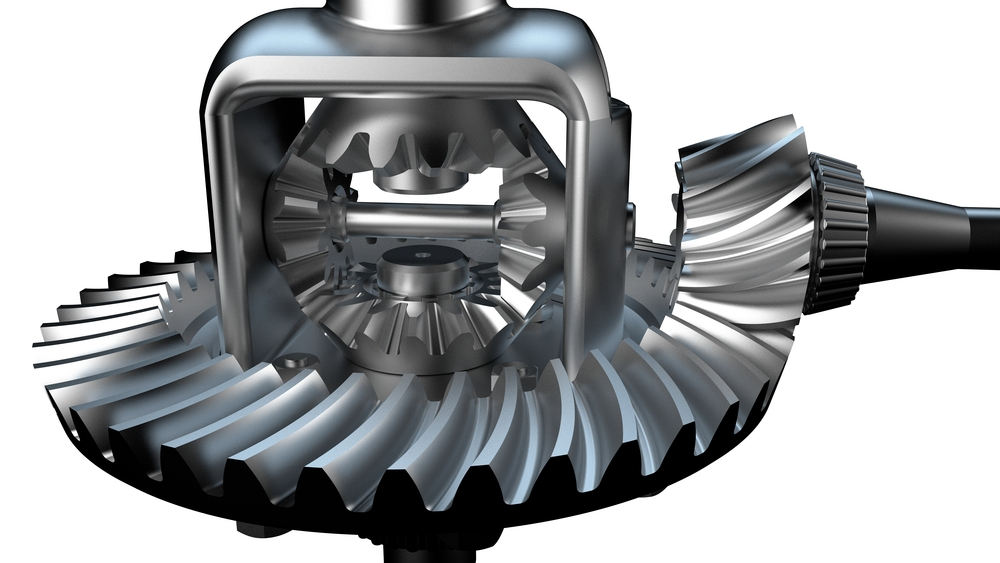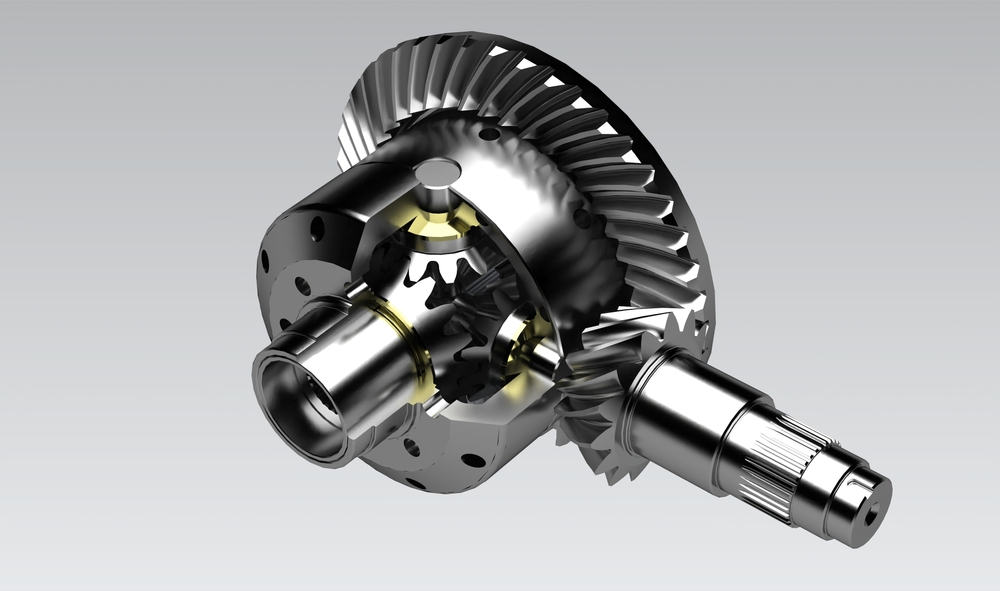Product Description
Differential gear blank with top gear blank material
XCC keeps innovating, improving quality and meeting the customer requirements, in the meantime, carrying out a large scale technical reconstruction by introducing advanced equipment and inspection instruments both at home and abroad to promote enterprise’s comprehensive strength. Manufacturing technology of precision bearing is lead on the domestic market, and manufacturing technology from raw material to heat treatment has meet the international standard. The precision rolling technology of rings had been won the second class of National Science and Technology Progress award. We are not only the top bearing manufacturer in china, but also the world’s leading production bases of bearing rings forging and turned rings.
Keeps the spirit of intensive cultivation, CHINAMFG not only product structure, conduct transformation and upgrading, but also constantly breakthrough new high-end products R&D and production capacity, enhance the core competitiveness, CHINAMFG struggle to be most powerful enterprise for import substitution and bearing industry leader.
The products which manufacture by our company such gear blank, gear sleeve, cam, 2nd and 3rd generation hub bearings, have been widely used in gearbox, engine, hub of automobiles, and we are cooperative with customers from Audi, GTMC, VW, DPCA, SAICMOTOR, FLAT, Hyundai.
ZXZ gear blank dimensions :OD 30mm-230mm
Forgings are produced by 1000T+1600T electric screw press machine and Swiss Hatebur high-speed forging equipment AMP30S with medium frequency induction heating and full automatic operating by Robot for high quality assurance, lower allowance, advantages of materials saving and better metal streamline.
XCC specialized in the fields of bearings, bearing parts and auto parts manufacturing.
ZXZ gear blank dimensions gear blank turning :
APPLICATION :
automobile engine balance shaft, gearbox, differential gear blank etc.
ADVANTAGE:
Forgings are produced by 1000T+1600T electric screw press machine and Swiss Hatebur high-speed forging equipment AMP30S with medium frequency induction heating and full automatic operating by Robot for high quality assurance, lower allowance, advantages of materials saving and better metal streamline.
DIMENSION:
OD: 30mm-230mm
| Type: | Rim |
|---|---|
| Material: | Steel |
| Certification: | ISO |
| Drive Wheel: | 4WD |
| Wheel Hub Diameter: | 16-20" |
| Finishing: | Black |
| Customization: |
Available
| Customized Request |
|---|

Can differential gears be used in electric and hybrid vehicles?
Yes, differential gears can be used in both electric and hybrid vehicles. While electric and hybrid vehicles have different powertrain configurations compared to traditional internal combustion engine vehicles, they still require differential gears to distribute power between the wheels and accommodate speed differences. Here’s a detailed explanation:
1. Electric Vehicles (EVs):
In electric vehicles, the power is provided by one or more electric motors. These motors generate torque directly, eliminating the need for a traditional transmission system with a driveshaft. However, EVs still require differential gears to distribute power between the wheels.
2. Single-Speed Transmissions:
Many electric vehicles use single-speed transmissions, also known as direct-drive systems, which do not require multiple gears for speed variation. In these cases, the differential gear is integrated into the electric motor assembly, allowing it to distribute torque between the wheels.
3. Speed and Torque Distribution:
The differential gear in electric vehicles functions similarly to those in conventional vehicles. It accommodates speed differences between the wheels during turns and adjusts torque distribution to ensure optimal traction and control. This helps prevent wheel slip and allows for smooth cornering.
4. Hybrid Vehicles:
Hybrid vehicles combine an internal combustion engine with one or more electric motors. The powertrain configuration varies depending on the type of hybrid system, such as series hybrids, parallel hybrids, or plug-in hybrids. Despite the presence of an internal combustion engine, differential gears are still utilized in hybrid vehicles.
5. Transmissions in Hybrid Vehicles:
Hybrid vehicles often incorporate transmissions to optimize power delivery and efficiency. These transmissions may include differential gears or specific components that perform similar functions to distribute power between the wheels.
6. Regenerative Braking:
Both electric and hybrid vehicles commonly use regenerative braking systems to capture and store energy during deceleration. Differential gears play a role in transmitting torque from the wheels to the electric motor during regenerative braking, allowing the motor to act as a generator and recharge the batteries.
7. Differential Types:
Electric and hybrid vehicles can utilize various differential types, including open differentials, limited-slip differentials, or electronically controlled differentials. The choice of differential depends on factors such as vehicle performance, traction requirements, and driving conditions.
8. Advancements and Innovations:
With the evolving technology in electric and hybrid vehicles, there are also advancements and innovations in differential systems. Manufacturers are exploring new designs, such as integrated motor and differential units, to optimize power distribution and efficiency in these vehicles.
In summary, differential gears are indeed used in electric and hybrid vehicles to distribute power between the wheels, accommodate speed differences, and ensure optimal traction and control. The specific configuration and integration of differential gears may vary depending on the vehicle’s powertrain design and transmission system.

What are the considerations for choosing the right type of differential gear for a vehicle?
When selecting the appropriate type of differential gear for a vehicle, several considerations come into play. Choosing the right differential gear involves assessing factors such as vehicle characteristics, intended use, driving conditions, and desired performance. Here’s a detailed explanation of the considerations for choosing the right type of differential gear:
- Vehicle Type: The type of vehicle, whether it’s a passenger car, SUV, truck, or performance vehicle, plays a significant role in determining the appropriate differential gear. Different types of vehicles have varying weight distributions, power outputs, and handling characteristics, which influence the optimal choice of differential gear.
- Driving Conditions: The intended driving conditions are crucial in selecting the right differential gear. Factors such as road surface, weather conditions, and terrain should be considered. For example, vehicles driven primarily on paved roads may benefit from different differential gear options compared to off-road vehicles that frequently encounter challenging terrain or vehicles that operate in regions with snowy or icy conditions.
- Performance Requirements: The desired performance attributes of the vehicle are important considerations. Some drivers prioritize acceleration and high-speed performance, while others focus on off-road capabilities, towing capacity, or fuel efficiency. Differential gears can be chosen to optimize specific performance aspects, such as maximizing traction, improving handling, enhancing torque delivery, or achieving better fuel economy.
- Traction Needs: The level of traction required is a key factor in selecting the right differential gear. Vehicles that need maximum traction in challenging conditions, such as racing cars, off-road vehicles, or vehicles used in low-grip environments, may benefit from limited-slip differentials or locking differentials. These differential types help distribute power to the wheels with the most grip, enhancing traction and maintaining vehicle control.
- Driving Dynamics: The desired driving dynamics and handling characteristics also influence the choice of differential gear. Some drivers prefer a more predictable and balanced handling, while others may desire more aggressive cornering capabilities. Differential gears with specific characteristics, such as torque vectoring differentials, can enhance these driving dynamics by actively managing torque distribution between individual wheels.
- Budget: Cost considerations are also significant when choosing a differential gear. Different types of differential gears vary in terms of complexity, features, and pricing. It’s essential to evaluate the budget constraints and weigh the cost against the desired performance benefits and requirements.
In summary, selecting the right type of differential gear for a vehicle involves considering factors such as vehicle type, driving conditions, performance requirements, traction needs, driving dynamics, and budget. By carefully assessing these considerations, drivers can choose a differential gear that aligns with their vehicle’s characteristics, intended use, and performance objectives, ultimately enhancing traction, handling, and overall driving experience.

What is a differential gear and how does it work?
A differential gear is a component found in vehicles that allows the wheels to rotate at different speeds while receiving power from the engine. Here’s a detailed explanation:
A differential is commonly used in cars, trucks, and other vehicles with driven wheels. Its primary function is to distribute torque (rotational force) from the engine to the wheels while compensating for differences in wheel speeds, especially during turns or when driving on uneven surfaces.
Basic Structure:
A typical differential gear consists of several key components:
- Differential Case: It is the outer housing that encloses the differential assembly.
- Ring Gear: The ring-shaped gear located on the inside of the differential case.
- Pinion Gear: The small gear connected to the driveshaft, which meshes with the ring gear.
- Side Gears: Two gears connected to the axle shafts, which mesh with the pinion gear.
- Spider Gears (Planetary Gears): These gears are positioned between the side gears and allow the wheels to rotate at different speeds.
Function and Operation:
When power is transmitted from the engine to the differential, the pinion gear receives the rotational force from the driveshaft and meshes with the ring gear. As the pinion gear rotates, it rotates the ring gear and, in turn, the differential case.
During straight-line driving, when both wheels have equal traction and are rotating at the same speed, the spider gears rotate freely on their respective shafts. This allows the side gears to rotate at the same speed as the differential case, transmitting equal torque to both wheels.
However, when the vehicle turns or one wheel encounters a different traction condition (such as being on a slippery surface), the wheels need to rotate at different speeds. In this situation, the spider gears are forced to rotate along with the side gears due to the difference in rotational speeds between the two wheels.
As the spider gears rotate, they allow the side gears to rotate at different speeds, compensating for the variation in wheel speeds. This enables the wheels to rotate independently while still receiving power from the differential. The differential allows the outer wheel (on the outside of the turn) to rotate at a higher speed while the inner wheel (on the inside of the turn) rotates at a slower speed.
The differential gear system ensures smooth power delivery to the wheels, improves vehicle stability during turns, and reduces tire wear and stress on the drivetrain components.
It’s important to note that there are different types of differentials, such as open differentials, limited-slip differentials, and locking differentials. Each type has its own characteristics and is suited for different driving conditions and vehicle types.
In summary, a differential gear is a crucial component in vehicles that allows the wheels to rotate at different speeds while distributing power from the engine. By utilizing a combination of gears, it enables smooth and efficient power transmission to the wheels, particularly during turns or when encountering varying traction conditions.


editor by CX 2023-11-10